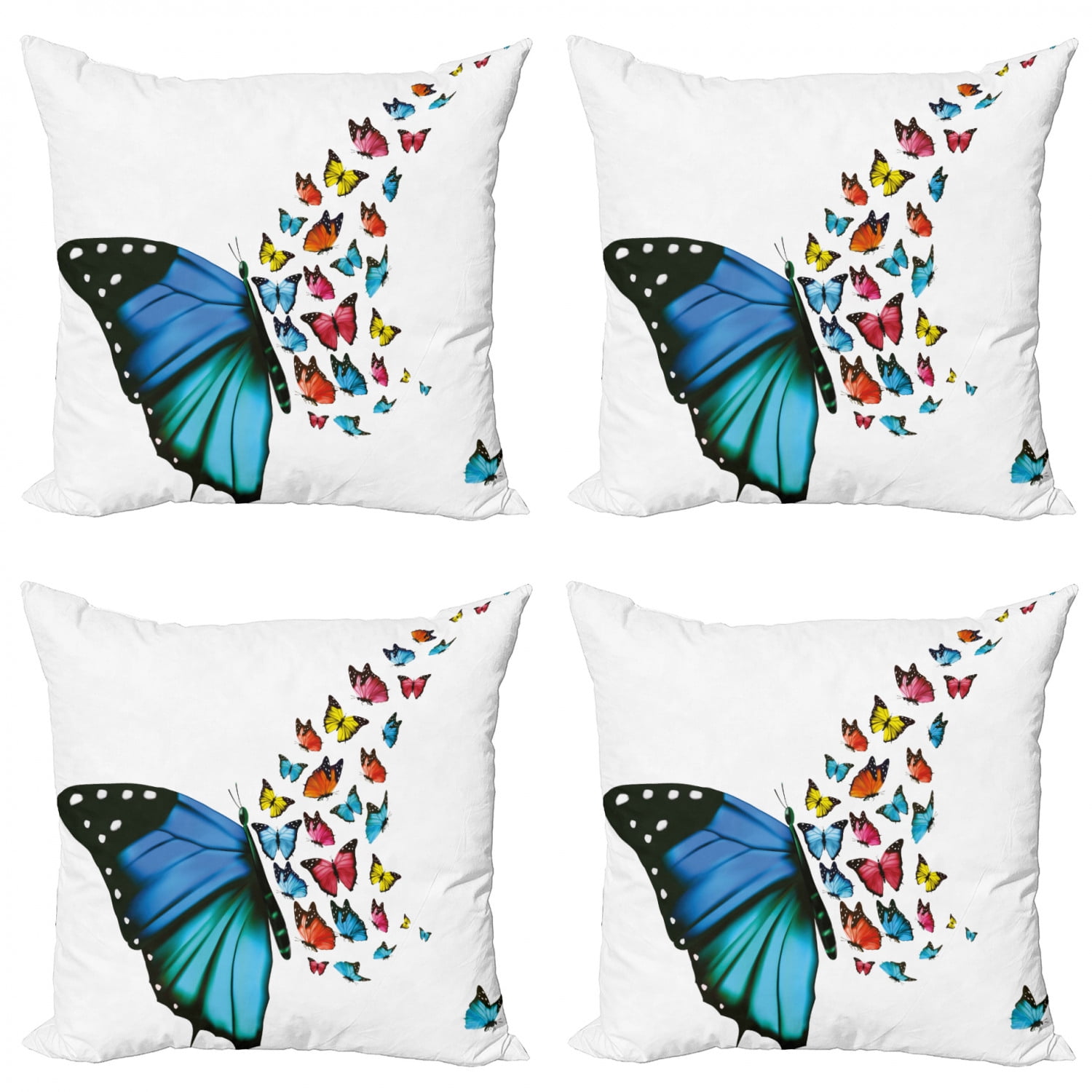Unique Art Fundamentals Explained
Unique Art Fundamentals Explained
Blog Article
The Main Principles Of Unique Art
Table of ContentsSee This Report on Unique ArtExamine This Report on Unique ArtUnique Art for BeginnersUnique Art Things To Know Before You Get This
While one might debate which art type holds priority, the reality continues to be that each of these 7 forms offers a special window right into human history, culture, and development. They are the tapestries that chronicle our journey, reminding us of our past while motivating visions for the future.Excellent artwork narrates, makes individuals look twice, and develops a distinct experience that can not be matched. Art and images communicate every one of that via shade, shape and other design aspects. Learn exactly how to make your one-of-a-kind artwork attract attention from the crowd.
3 Emil DervishIn this entranceway by Emil Dervish that beautiful cobalt blue door takes the program. To bring a lot more dramatization, he extended the paint. to the doorframe and the wall up, finishing in a curved shape. The curves, along with a spherical sconce, soften the sides - Unique Art. Then frameworks classic posters and maps of cherished locations set the scene.
8 TRIA GIOVANEqual components grand and laidback, this entrance hall made by Anthony Baratta is the excellent blueprint to adhere to if you're embellishing a formal entry that still really feels unfussy and comfy. Formed textiles take facility phase (see the rugs and the sofa), however they also assist bring the high ceilings to a human range when hung over wallpaper.
The Best Guide To Unique Art
18 Heidi Caillier DesignA gallery wall surface does not need to take up the entire room. In truth, in some cases a small one can make a bigger style declaration. In this living-room, Hiedi Caillier went with micro-mini frames and an arbitrary composition. Advertisement - Continue Analysis Below19 Stephen Kent JohnsonDesigner Juan Carretero chose for a deep green paint color to comparison with the light wood finishes.
, the expression of concepts and emotions, with the production of certain visual high qualities, in a two-dimensional visual language. The elements of this languageits shapes, lines, colours, tones, and texturesare used in various means to produce feelings of quantity, room, activity, and light on a level surface. These elements are combined into meaningful patterns in order to stand for actual or supernatural phenomena, to analyze a narrative theme, or to develop their website entirely abstract aesthetic partnerships.
Later on the concept of the "fine musician" developed in Asia and Renaissance Europe. Throughout the 19th century painters in Western societies started to shed their social setting and safe and secure patronage.
Little Known Facts About Unique Art.
Others earned an earnings with exploring exhibitions of their work. The requirement to appeal to an industry had changed the similar (if less impersonal) demands of patronage, and its result on the art itself was most likely similar. Usually, artists in the 20th century could get to a target market just with commercial galleries and public museums, although their job may have been sometimes recreated in art periodicals
For a discussion of the imitation of artworks, see forgery. For a conversation of the function of paint and other arts in faith, in addition to of using religious symbols in art, see spiritual symbolism and iconography. For details on other arts connected to paint, see write-ups such as drawing; individual art; printmaking. It is the feeling of inevitability in this formal organization visit the website that provides a wonderful painting its self-sufficiency and visibility. The colours and placing of the principal pictures in a layout may be often largely determined by representational and symbolic considerations. Yet it is the official interaction of colours and forms that alone can interacting a certain state of mind, creating optical experiences of area, quantity, activity, and light and creating forces of both harmony and tension, even when a paint's narrative meaning is rare.
Do not replicate the design of other musicians if you're looking for your style. Duplicating other individuals's art work can be terrific in instructional functions however it will not make you closer to locating your own unique design. Your artistic design needs to be, what you such as and what motivates you.

Unique Art Fundamentals Explained
You require to try great deals of various options and check out every little thing before you can concentrate on one particular design or you'll be burnt out, or worse, you'll dislike your own design. So I recommend you to try every subject that you have an interest in, explore as high as you can. Try various tools that excite you and new methods you've never tried before.
With time you'll be able to arrange every one of them right into your preferred and least favored groups. Try to concentrate your attention on the topics and mediums that you like and before you see it coming you'll have your very own personal and special style, like nobody else have! In the end you'll have a few preferred subjects to paint and maybe a couple of favored tools.

Report this page